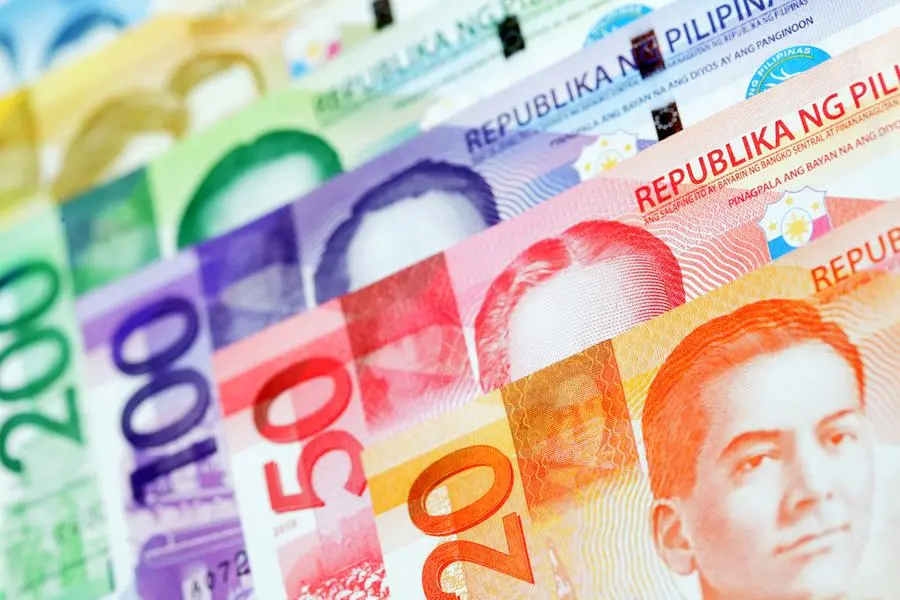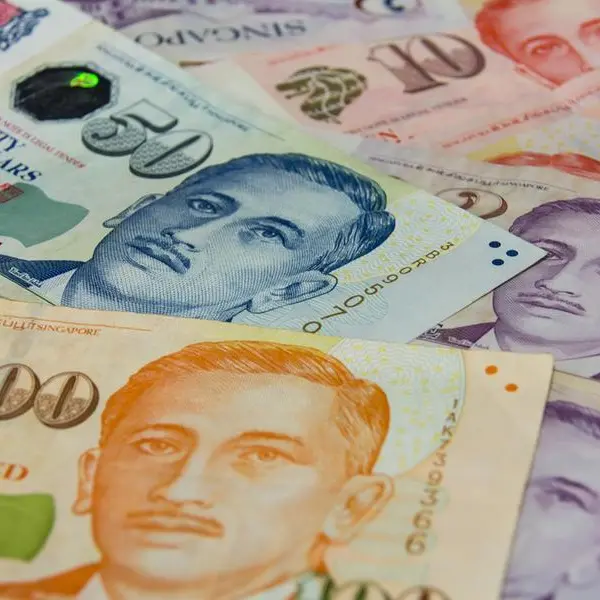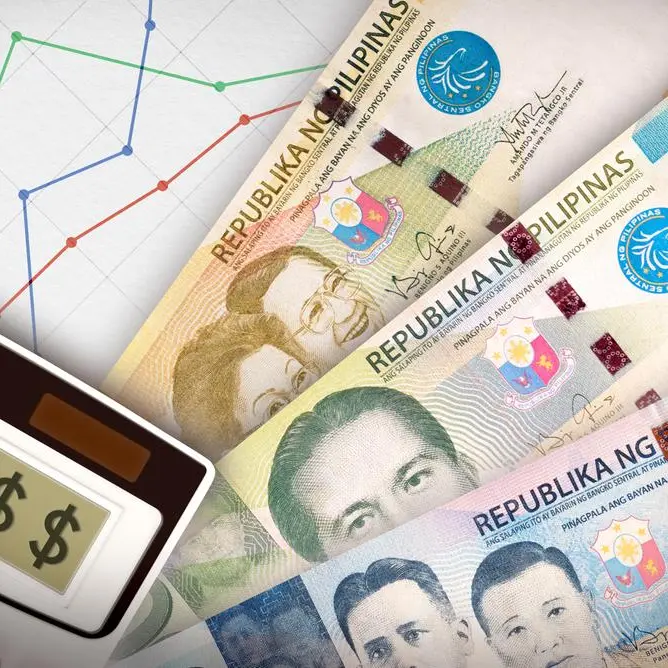PHOTO
Cutting borrowing costs by 150 basis points in two years is possible, but it will be 'too aggressive' based on the economy's current growth trajectory, according to Bangko Sentral ng Pilipinas (BSP) Governor Eli Remolona Jr.
In a forum hosted by the Tuesday Club at the EDSA Shangri-La Hotel, Remolona said it is possible for the central bank's Monetary Board to cut rates by 50 basis points this year and 100 basis points in 2025.
However, Remolona said the economy may have to experience a hard landing or a rapid decline in economic growth first before monetary authorities cut the key interest rate from the current 6.50-percent level.
'In taming inflation, we don't want unnecessary loss of output,' he said. 'Sometimes we can't avoid a small loss of output because our calculations are not accurate. But if it seems like a big loss, we have to react to it.'
Asked for comment, Finance Secretary Ralph Recto told The STAR that the views of the BSP governor would guide the Monetary Board's plans moving forward.
'I defer to Gov. Eli, my expectation is rates will go down by 150 basis points in the next two years,' Recto said.
The BSP has kept its benchmark rate steady for the last five meetings, after hiking borrowing costs by 450 basis points from May 2022 to October 2023, making it the most aggressive central bank in the region.
Meanwhile, Remolona said the US Federal Reserve may start cutting interest rates by July. However, if inflation in the US becomes too stubborn, the Fed may postpone its rate cuts, he said.
'They can cut rates first, but we can cut rates first as well,' he said, adding that future policy moves from both the BSP and the Fed would depend on the data.
Hawkish remarks from US Fed officials have caused the peso to depreciate against the dollar. The local currency has weakened past the 58 to $1 level, hitting its lowest finish in 19 months.
According to the BSP chief, market uncertainty on the timing of US Fed rate cuts has made the dollar a safe haven currency.
'Since the start of the year, the peso has weakened against the dollar by around 5.4 percent. But so have other currencies. In the region, the peso is in the middle,' Remolona said.
He noted that year to date, the Malaysian ringgit dropped by 2.4 percent against the greenback and the South Korean won fell by 6.8 percent during the same period.
'In fact, it's not just a regional phenomenon. It's a global phenomenon. If you look at the index of the dollar against other major currencies, it's the same thing. The dollar has appreciated against most of those currencies,' he said.
The central bank is ready to take action when the peso is under stress, he said, but reiterated that the BSP does not intervene in the foreign exchange market on a daily basis.
'There are narratives that circulate around the market and sometimes the narratives are just false. So, we intervene to basically express our own view about where the peso should be going,' he said.
The next policy review of the BSP is scheduled on June 27.
Copyright © 2022 PhilSTAR Daily, Inc Provided by SyndiGate Media Inc. (Syndigate.info).












